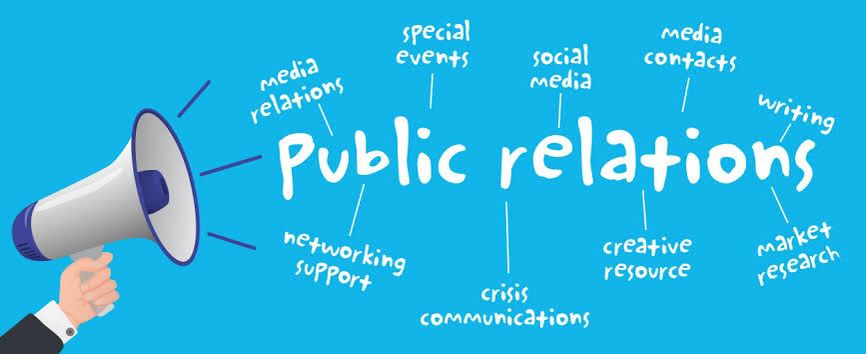Public Relations (PR) campaigns are an essential tool for companies to promote their brand, products, or services. PR campaigns are used by companies to build a positive image and reputation among their target audience. PR campaigns are cost-effective compared to traditional advertising, and they help companies reach their target audience in a more personalized and targeted way.
In this blog, we will discuss how companies use PR campaigns as an advertising tool and share examples of successful campaigns.
- One of the most common ways companies use PR campaigns as an advertising tool is by launching a new product. A well-executed PR campaign can create buzz around a new product and generate interest from potential customers. For example, Apple’s iPhone launch events are a prime example of how a PR campaign can be used to generate hype and excitement around a new product. Apple’s product launch events, which are often covered extensively by the media. Apple uses these events to showcase their latest products, such as new iPhones or iPads, and generate excitement among their loyal customer base.
- Another way companies use PR campaigns as an advertising tool is by managing a crisis. When a company faces negative publicity, it is essential to take swift action to address the issue and regain the public’s trust. A well-executed PR campaign can help companies recover from a crisis and maintain their reputation. For Example: A great example of this is Johnson & Johnson’s response to the 1982 Tylenol poisonings, in which seven people died after taking cyanide-laced Tylenol capsules. Johnson & Johnson quickly responded by recalling all Tylenol products and creating tamper-resistant packaging, and they communicated their actions through a public relations campaign that emphasized their commitment to customer safety.
- PR campaigns can also be used to increase brand awareness. Companies use PR campaigns to tell their story and showcase their values, which can help them stand out in a crowded market. For example, Nike’s “Dream Crazy” campaign featuring Colin Kaepernick was designed to showcase the brand’s values of inclusivity and social justice.
- PR campaigns can also be used to establish a company as a thought leader in its industry. By sharing expertise and insights, companies can position themselves as experts in their field and gain credibility among their target audience. This could include publishing articles in industry publications, speaking at conferences, or appearing on news shows to share their expertise and insights.
For example: McKinsey & Company, a management consulting firm that regularly publishes thought leadership pieces on topics ranging from artificial intelligence to climate change. By sharing their expertise and insights, McKinsey & Company has established themselves as a leader in the consulting industry.
- Cause marketing is a strategy where a company partners with a nonprofit organization to raise awareness and support for a particular cause. Companies use PR campaigns to promote their partnership with the nonprofit and generate interest from potential customers.
For example: In 2018, Starbucks partnered with Malala Fund to promote girls’ education. The campaign generated positive publicity for Starbucks and helped raise awareness for the Malala Fund’s cause.
- Finally, companies use PR campaigns to promote their sponsorship of events, organizations, or causes. Sponsorship campaigns help companies build brand awareness and loyalty, while also contributing to the community or industry.
For example, Nike’s “Just Do It” campaign, which launched in 1988, has been used to promote the company’s sponsorship of athletes, teams, and events, and has become one of the most iconic slogans in advertising history.
- Companies can partner with social media influencers and bloggers to promote their products and services. By using influencers who have a large following and a trusted reputation, companies can reach a wider audience and build credibility.
- PR campaigns can also be used to engage and motivate employees. This could include showcasing employee achievements, promoting the company culture, and highlighting the benefits of working for the company.
- Finally, companies can use PR campaigns as an advertising tool to highlight their corporate social responsibility efforts. By showcasing their efforts to give back to their communities and support social causes, companies can build a positive reputation and establish themselves as responsible corporate citizens. A great example of this is Starbucks’ commitment to sustainability, which they have highlighted through PR campaigns that emphasize their efforts to reduce waste and promote ethical sourcing. By showcasing their commitment to sustainability, Starbucks has built a loyal customer base that shares their values.
In conclusion, companies can use PR campaigns as an advertising tool in a variety of ways, from launching new products to building their brand and reputation. By generating media coverage and highlighting their values and expertise, companies can reach new audiences and build trust with existing customers. While there are many ways to use PR campaigns as an advertising tool, the examples shared in this post demonstrate the power of strategic messaging and storytelling in building a positive image of a company or brand.



